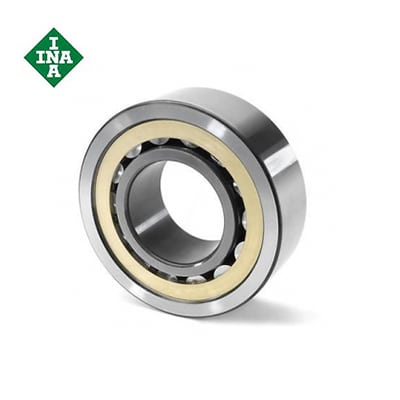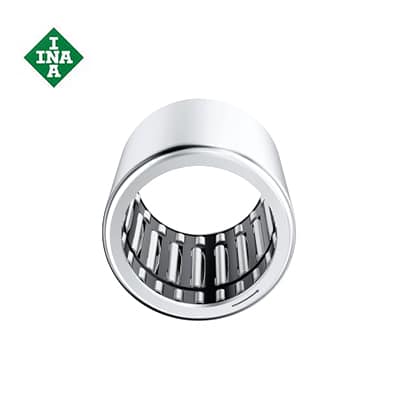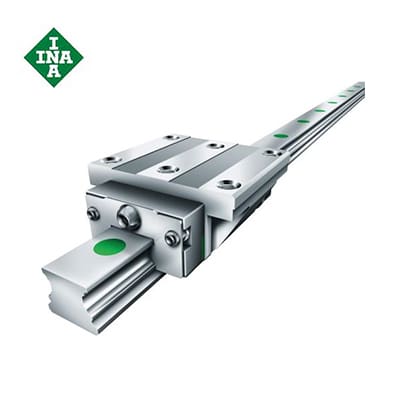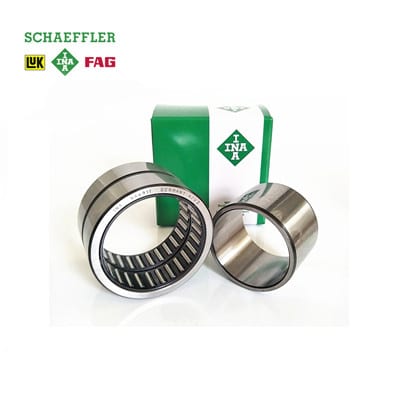The roller type one-way clutch is composed of the periphery, rollers, springs and inner rings, and the number of rollers is usually 6-8. During operation, if the outer ring of the one-way clutch rotates counterclockwise relative to the inner ring, the roller will move toward the big end in the open groove with the cam profile and compress the spring. At this time, the one-way clutch will not lock up and allows the outer ring to rotate. That is to say, the one-way clutch allows its outer ring to rotate counterclockwise relative to the inner ring at any time. In other words, the inner ring is allowed to rotate clockwise relative to the outer ring.
However, during operation, if the outer ring of the one-way clutch attempts to rotate clockwise relative to the inner ring, the roller will move toward the small end in the open groove and wedge between the inner and outer rings, locking the two. Live, and at the same time, transfer torque between the two. At this moment, the function of the spring is to improve the initial wedging action of the roller. Once the roller wedges into the small end of the open slot, the one-way clutch is locked, thus not allowing its outer ring to rotate clockwise relative to the inner ring, or The inner ring rotates counterclockwise relative to the outer ring.
The contact surface between the outer ring and the roller is made into a cam profile surface with a certain wedging angle. In existing structures, this angle is generally 6°-8°. Taking into account the influence of machining errors and wear during use, in order to maintain a constant wedge angle in the contact section, the cam surface profile of the open groove is often processed into a logarithmic spiral.
When the roller type one-way clutch is working, the maximum contact stress occurs at the contact point between the roller and the inner and outer rings. Strictly speaking, since the forces on both sides of the roller are equal and the contact area with the convex surface of the inner ring is smaller than the contact area with the concave surface of the outer ring, the maximum contact stress occurs on the contact surface between the roller and the inner ring. . Here, the most prone to occur is surface fatigue wear, and the typical failure form is pitting and spalling. The metal materials used to manufacture one-way clutch rollers and inner and outer rings are generally the same as those of rolling bearings.







